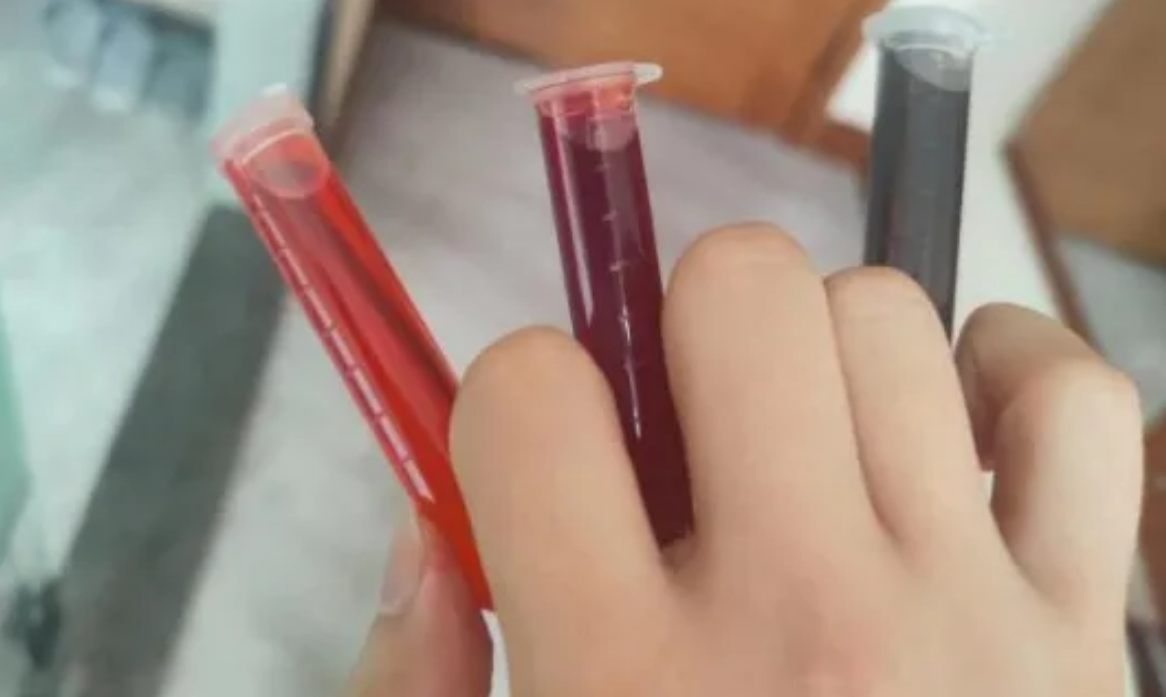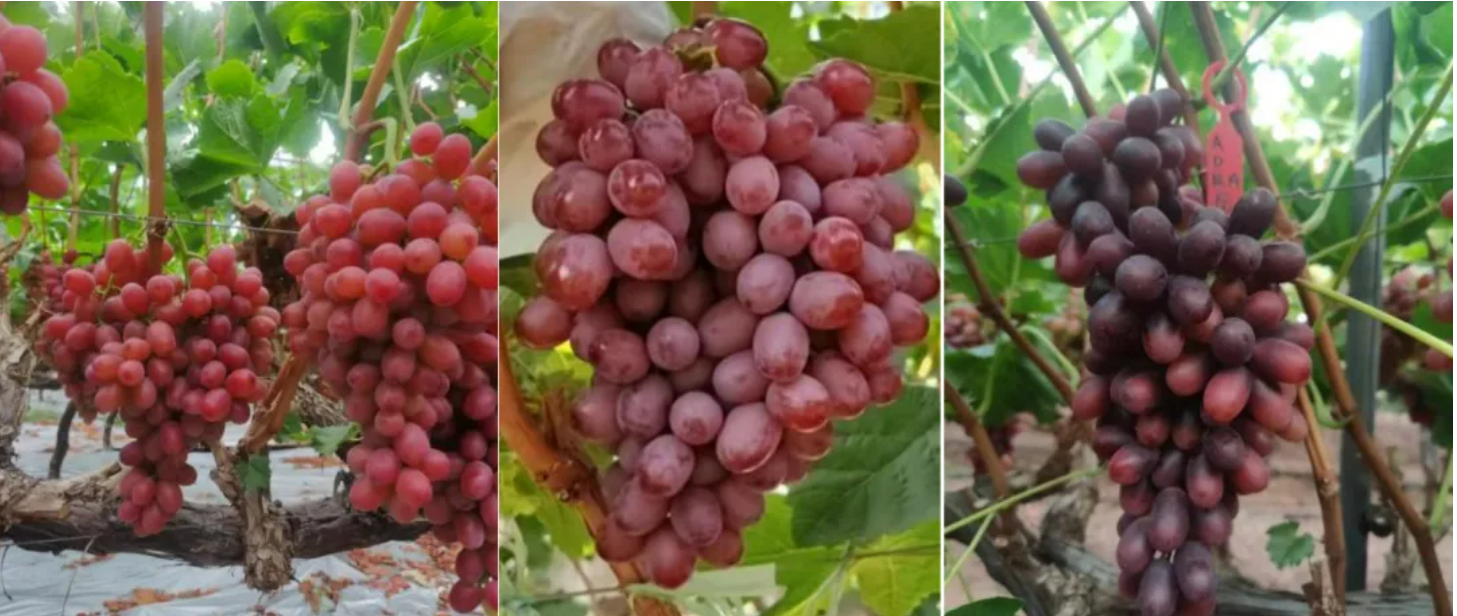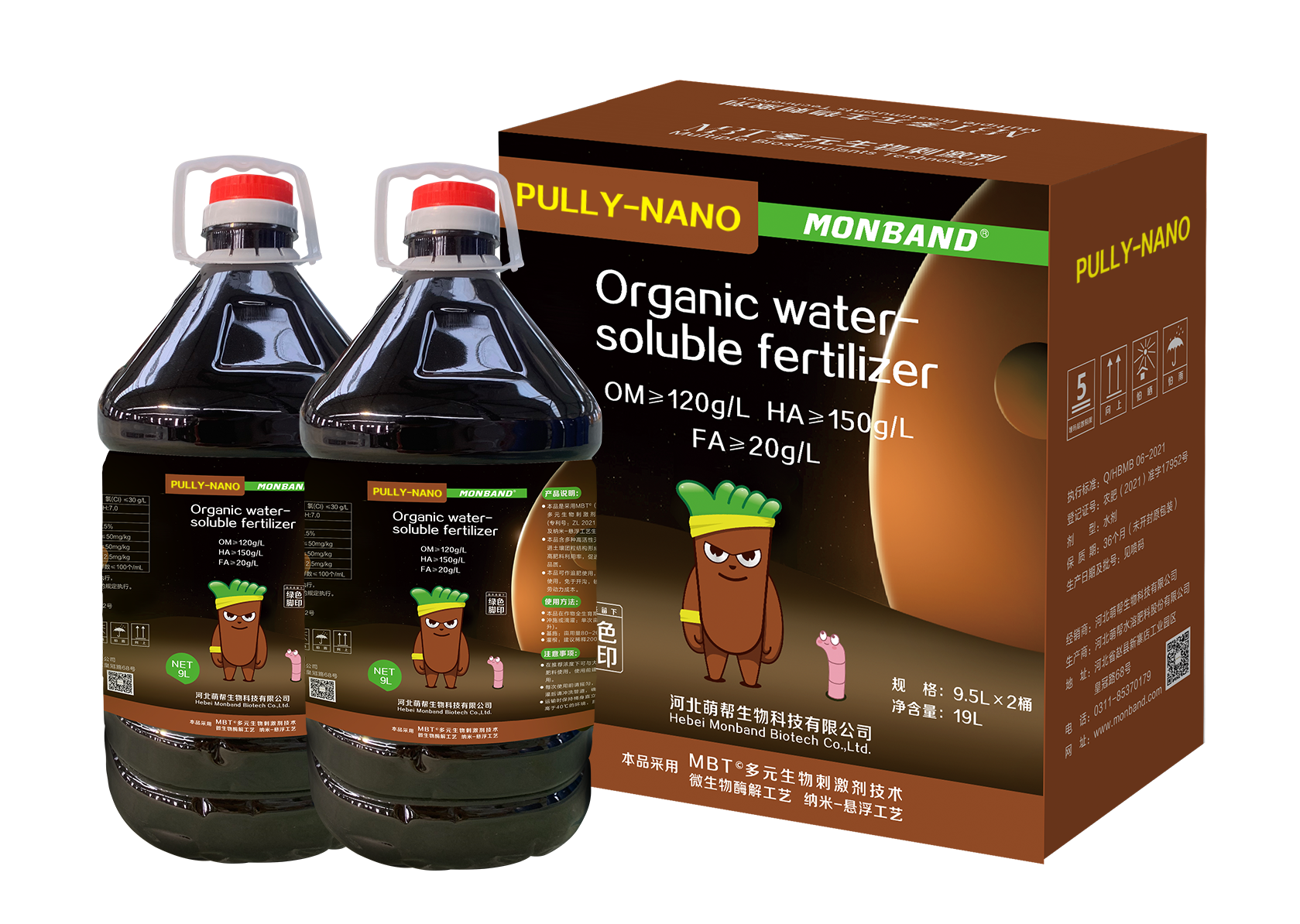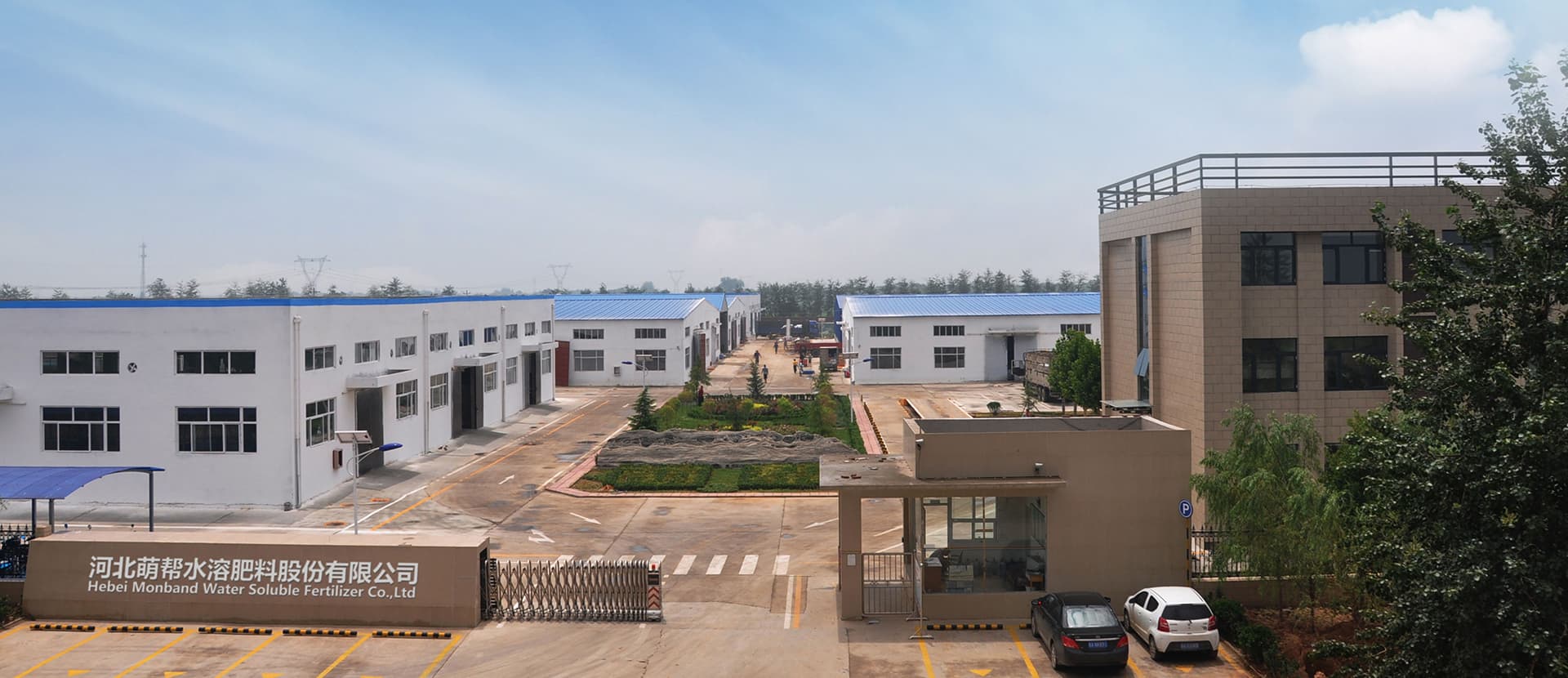Field management of grapes during colour change
Difficulty in turning colour in grapes is a major problem for growers, with the colour of the grapes having a big impact on the final selling price of the fruit. So, what is the root cause of the difficulty of grape colour change? And how should we carry out field management?
1.Most fields are not deficient in anthocyanins
Most growers encounter dark and black colours during grape colour transfer. We explain this by experimenting with different concentrations of red ink in the chart below. From left to right, the red ink is in order of low, medium and high concentration. In fact, red ink is equivalent to anthocyanins in grapes, and as the concentration of red ink increases, the colour will gradually deepen to black. Tests have shown that the more red anthocyanins accumulated in grapes, the darker the colour change.

Three pictures of grapes are listed below. The principle is similar to the red ink test. The darker the colour of the grapes, the higher the anthocyanin content within the fruit.

The level of anthocyanin content within the fruit is related to the nutrition of the vine. The darker the fruit, the greater the ability of the vine body to produce nutrients. If there is a severe yellowing of the leaves during the colour change period, the grapes avoid the problem of black colour, but the risk of water-canning disease, soft fruit and dropped grains is extremely high. It is thus clear that the vine strength of the grapes is closely linked to the colour change. It is important to note that you should not be alarmed when the grapes are black in colour, as this shows that the tree is well nourished and helps to avoid risks such as soft fruit.
2. The problem of not removing the green from the fruit handle

Another problem in growing grapes is the ‘fruit handle does not remove the green’. It means that the place where the stalk connects to the surface of the fruit does not change colour, and is always in a green state. This also has a major impact on the selling price of the grapes. The nature of the stem is that the grapes are green and late ripening. This is also associated with strong, vigorous grapevines.
3. How to adjust the median tree
Although the colour of weak trees is good, the risk of soft fruit dropping and water potting is high, and the fruiting period is short. Strong trees are well nourished and have a deep colour, and there may be cases where the fruit handles are not de-greened. Therefore, for grapes, the best tree phase is the median tree —— bright red colour, long fruiting period, high fruit hardness.
① Control the amount of nitrogen fertiliser
Nitrogen fertiliser is a basic life element, just like the steamed bread and rice we usually eat, it is a necessity for life activities. However, we need to understand that trees with strong strength have very strong absorption and utilisation of nitrogen fertiliser. If you don't pay attention to the dosage of nitrogen fertiliser during the ripening period of colour change, it will be easy for the colour change to be blocked due to excessive nitrogen fertiliser.
② Plant Growth Regulators
At present, the grape yield over ten thousand pounds is a common phenomenon, if the management is not good, the later is very easy to appear tree early decline, soft fruit, drop grain problems. Therefore, in the water and fertiliser management, we should pay special attention to the root system maintenance, enhance the root system of nitrogen fertiliser absorption and use. At the same time, due to the strong vine potential, there is a black colour after playing the colour change drug, the late fruit handle does not take off the green problem. We need to use it together with the plant growth regulator that promotes ripening during the grape ripening period. It is beneficial to help grapevine potential to moderate transformation, and promote the colour change and ripening of the fruit.

MBT means multiple biostimulants technology. This Tech makes multiple biostimulants by microbial enzymatic hydrolysis of leonardite with Monband two patents microbials. The finished products mainly contains humic acid, fulvic acid, polysaccharides, amino acids (β-alanine, L-isoleucine acid, L-proline, Anthranilic acid, etc.), and secretions of various microorganisms, etc. The pH value is 6.5-7.5.





 Learn more
Learn more
 冀公网安备13019902000986
冀公网安备13019902000986